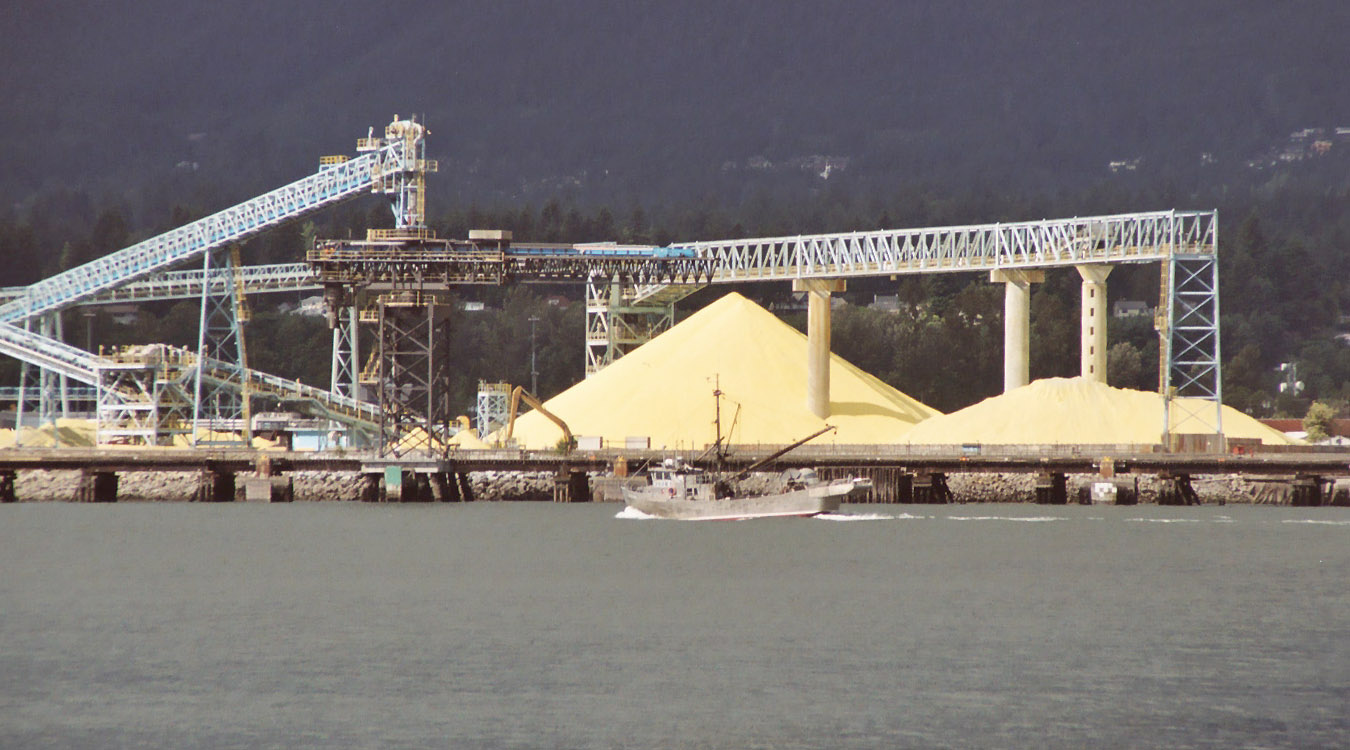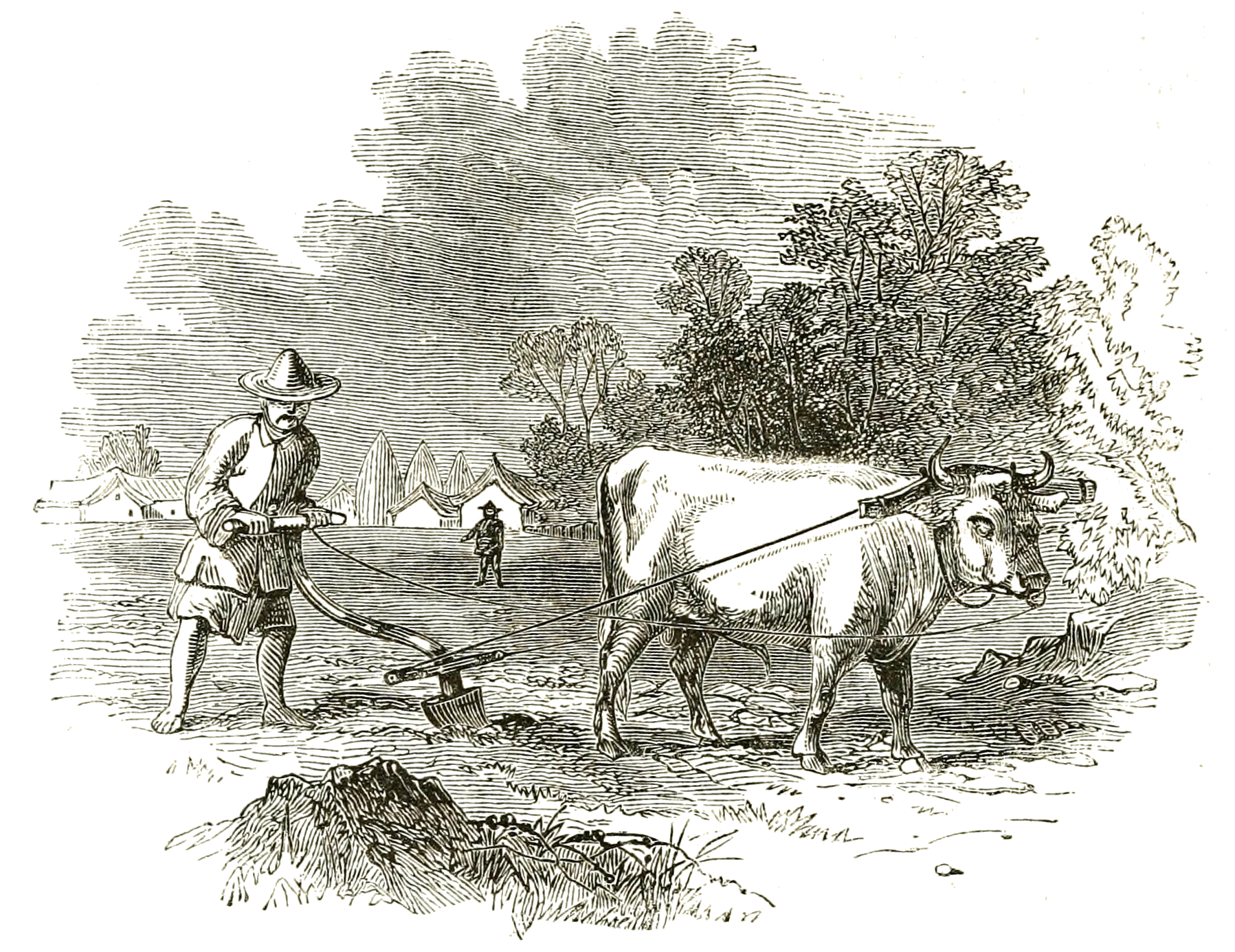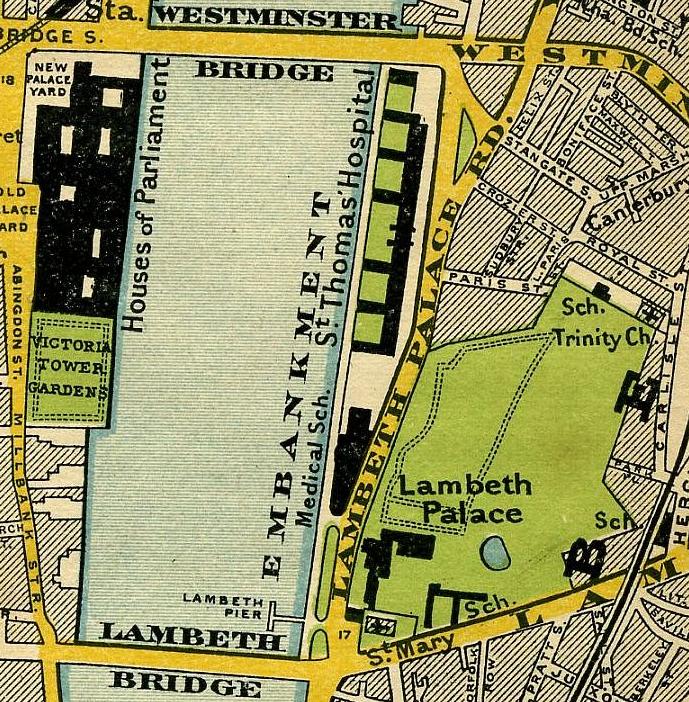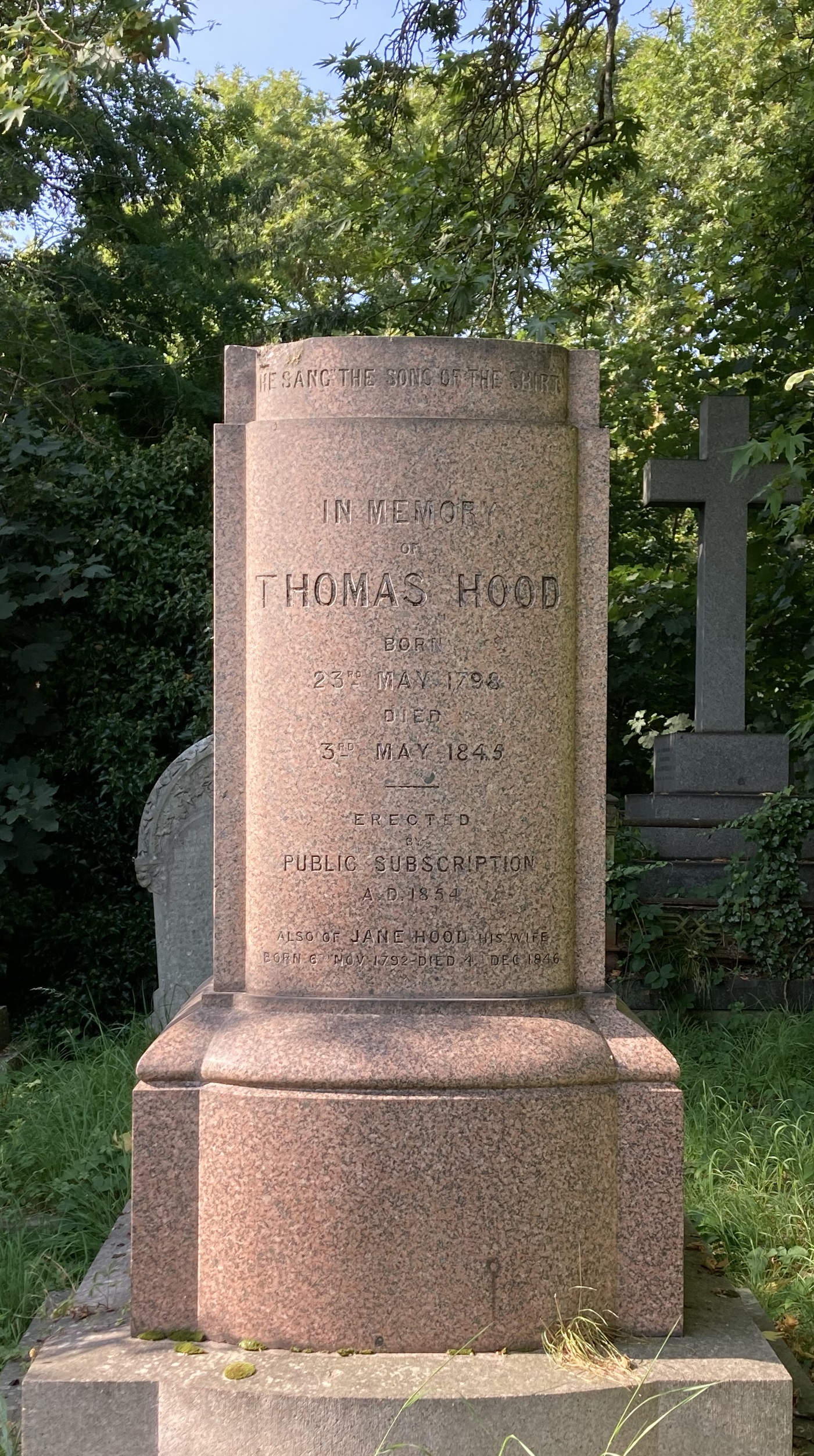|
Cottage Industry
The putting-out system is a means of subcontracting work, like a tailor. Historically, it was also known as the workshop system and the domestic system. In putting-out, work is contracted by a central agent to subcontractors who complete the project via remote work. It was used in the English and American textile industries, in shoemaking, lock-making trades, and making parts for small firearms from the Industrial Revolution until the mid-19th century. After the invention of the sewing machine in 1846, the system lingered on for the making of ready-made men's clothing. The domestic system was suited to pre-urban times because workers did not have to travel from home to work, which was quite unfeasible due to the state of roads and footpaths, and members of the household spent many hours in farm or household tasks. Early factory owners sometimes had to build dormitories to house workers, especially girls and women. Putting-out workers had some flexibility to balance farm and ... [...More Info...] [...Related Items...] OR: [Wikipedia] [Google] [Baidu] |
Subcontractor
A subcontractor is a person or business which undertakes to perform part or all of the obligations of another's contract, and a subcontract is a contract which assigns part of an existing contract to a subcontractor. A general contractor, prime contractor or main contractor may hire subcontractors to perform specific tasks as part of an overall project to reduce costs or to mitigate project risks. In employing subcontractors, the general contractor hopes to receive the same or better service than the general contractor could have provided by itself, at lower overall risk. The European Union has recognised the need to make provision for sub-contracting in its rules on public procurement, as arrangements for sub-contracting can support the EU's drive to involve more small and medium-sized undertakings in the provision of goods and services for the public sector. Definition United States public acquisition regulations contain a number of distinct definitions of "subcontract" an ... [...More Info...] [...Related Items...] OR: [Wikipedia] [Google] [Baidu] |
Raw Material
A raw material, also known as a feedstock, unprocessed material, or primary commodity, is a basic material that is used to produce goods, finished goods, energy, or intermediate materials/Intermediate goods that are feedstock for future finished products. As feedstock, the term connotes these materials are bottleneck assets and are required to produce other products. The term raw material denotes materials in unprocessed or minimally processed states such as raw latex, crude oil, cotton, coal, raw biomass, iron ore, plastic, air, lumber, logs, and water. The term secondary raw material denotes waste material which has been recycled and injected back into use as productive material. Raw material in supply chain Supply chains typically begin with the acquisition or extraction of raw materials. For example, the European Commission notes that food supply chains commence in the agricultural phase of food production. A 2022 report on changes affecting international trade noted that ... [...More Info...] [...Related Items...] OR: [Wikipedia] [Google] [Baidu] |
Reine Berthe Et Les Fileueses, 1888
Reine is the administrative centre of Moskenes Municipality in Nordland county, Norway. The fishing village is located on the island of Moskenesøya in the Lofoten archipelago, above the Arctic Circle, about southwest of the Tromsø (city), city of Tromsø. Reine Church is located in the village. The village has a population (2023) of 297 and a population density of . The ''Lofotposten'' newspaper is published in Svolvær and it covers news all over Lofoten, including Moskenes Municipality. Overview Reine has been a trading post since 1743. It was also a centre for the local fishing industry with a fleet of boats and facilities for fish processing and marketing. There was also a little light industry. In December 1941, the Germans burnt part of Reine in reprisal for a raid on the Lofoten Islands by British troops. Today, tourism is important, and despite its remote location, many thousands of people visit annually. The village is situated on a promontory just off the European ... [...More Info...] [...Related Items...] OR: [Wikipedia] [Google] [Baidu] |
Double Carder
Double, The Double or Dubble may refer to: Mathematics and computing * Multiplication by 2 * Double precision, a floating-point representation of numbers that is typically 64 bits in length * A double number of the form x+yj, where j^2=+1 * A 2-tuple, or ordered list of two elements, commonly called an ordered pair, denoted (a,b) * Double (manifold), in topology Food and drink * A drink order of two shots of hard liquor in one glass * A "double decker", a hamburger with two patties in a single bun Games * Double, action in games whereby a competitor raises the stakes ** , in contract bridge ** Doubling cube, in backgammon ** Double, doubling a blackjack bet in a favorable situation ** Double, a bet offered by UK bookmakers which combines two selections * Double, villain in the video game '' Mega Man X4'' * A kart racing game '' Mario Kart: Double Dash'' * An arcade action game ''Double Dragon'' Sports * Double (association football), the act of a winning a division and pr ... [...More Info...] [...Related Items...] OR: [Wikipedia] [Google] [Baidu] |
Borås
Borås ( , , ) is a city (officially, a locality) and the seat of Borås Municipality, Västra Götaland County, Sweden. It had 114,556 inhabitants in 2024. It is widely known for being a textile city, home to worldwide brands and companies as well as the prestigious Swedish School of Textiles, which is part of the University of Borås. Geography Borås is located at the point of two crossing railways, among them the railway between Gothenburg and Kalmar, and is often considered the Swedish city gaining the most from the nationwide railway system laid between 1870 and 1910. History The city of Borås received its privileges in 1621 by King Gustav II Adolf. The reason was to give local pedlars a legal place for vending their merchandise (and for the government the ability to collect taxes on this trade). The city developed soon after it was founded. After a century it had increased to over 2,000 inhabitants. Borås has been ravaged by fires four times: in 1681, 1 ... [...More Info...] [...Related Items...] OR: [Wikipedia] [Google] [Baidu] |
Holsljunga
Holsljunga () is a locality situated in Svenljunga Municipality, Västra Götaland County, Sweden with 255 inhabitants in 2010. Sports The following sports clubs are located in Holsljunga: * Högvads BK Manufacturing Sahlins Sweden AB develops, manufactures and sells products and methods for telecommunications network A telecommunications network is a group of Node (networking), nodes interconnected by telecommunications links that are used to exchange messages between the nodes. The links may use a variety of technologies based on the methodologies of circuit ... construction worldwide. The company was founded 1969. References Populated places in Svenljunga Municipality {{VästraGötaland-geo-stub ... [...More Info...] [...Related Items...] OR: [Wikipedia] [Google] [Baidu] |
Pre-industrial Textile Entrepreneur Estate
Pre-industrial society refers to social attributes and forms of political and cultural organization that were prevalent before the advent of the Industrial Revolution, which occurred from 1750 to 1850. ''Pre-industrial'' refers to a time before there were machines and tools to help perform tasks ''en masse''. Pre-industrial civilization dates back to centuries ago, but the main era known as the pre-industrial society occurred right before the industrial society. Pre-Industrial societies vary from region to region depending on the culture of a given area or history of social and political life. Europe was known for its feudal system and the Italian Renaissance. The term "pre-industrial" is also used as a benchmark for environmental conditions before the development of industrial society: for example, the Paris Agreement, adopted in Paris on 12 December, 2015 and in force from 4 November, 2016, "aims to limit global warming to well below 2, preferably to 1.5 degrees celsius, comp ... [...More Info...] [...Related Items...] OR: [Wikipedia] [Google] [Baidu] |
Lambeth
Lambeth () is a district in South London, England, which today also gives its name to the (much larger) London Borough of Lambeth. Lambeth itself was an ancient parish in the county of Surrey. It is situated 1 mile (1.6 km) south of Charing Cross, across the river from Westminster Palace. The population of the London Borough of Lambeth was 303,086 in 2011. The area experienced some slight growth in the medieval period as part of the manor of Lambeth Palace. By the Victorian era, the area had seen significant development as London expanded, with dense industrial, commercial and residential buildings located adjacent to one another. By this point, there were distinct localities (like Vauxhall) appearing on the map, and a separate parish of South Lambeth was created in 1861. The changes brought by World War II altered much of the fabric of Lambeth. Subsequent development in the late 20th and early 21st centuries has seen an increase in the number of high-rise buildings. The ... [...More Info...] [...Related Items...] OR: [Wikipedia] [Google] [Baidu] |
The Song Of The Shirt
"The Song of the Shirt" is a poem written by Thomas Hood in 1843. It was written in honour of a Mrs. Biddell, a widow and seamstress living in wretched conditions. In what was, at that time, common practice, Mrs. Biddell sewed trousers and shirts in her home using materials supplied to her by her employer for which she was forced to give a GBP, £2 deposit—a significant sum. In a desperate attempt to feed her starving infants, Mrs. Biddell pawned the clothing she had made, accruing a debt she could not pay. Mrs. Biddell, whose first name has not been recorded, was sent to a workhouse, and her ultimate fate is not known; however, her story became a catalyst for those who actively opposed the wretched conditions of England's working poor, who often spent seven days a week labouring under inhumane conditions, barely managing to survive and with no prospect for relief. The poem was Anonymous publication, published anonymously in the Christmas edition of ''Punch (magazine), Punch' ... [...More Info...] [...Related Items...] OR: [Wikipedia] [Google] [Baidu] |
Thomas Hood
Thomas Hood (23 May 1799 – 3 May 1845) was an English poet, author and humorist, best known for poems such as "The Bridge of Sighs (poem), The Bridge of Sighs" and "The Song of the Shirt". Hood wrote regularly for ''The London Magazine'', ''Athenaeum (British magazine), Athenaeum'', and ''Punch (magazine), Punch''. He later published a magazine largely consisting of his own works. Hood, never robust, had lapsed into invalidism by the age of 41 and died at the age of 45. William Michael Rossetti in 1903 called him "the finest English poet" between the generations of Percy Bysshe Shelley, Shelley and Alfred, Lord Tennyson, Tennyson.Rossetti, W. M. Biographical Introduction''The Poetical Works of Thomas Hood'' (London, 1903). Hood was the father of the playwright and humorist Tom Hood (1835–1874) and the children's writer Frances Freeling Broderip (1830–1878). Early life Thomas Hood was born to Thomas Hood and Elizabeth Sands in Poultry, London, Poultry (Cheapside), London, ... [...More Info...] [...Related Items...] OR: [Wikipedia] [Google] [Baidu] |
Eastern Europe
Eastern Europe is a subregion of the Europe, European continent. As a largely ambiguous term, it has a wide range of geopolitical, geographical, ethnic, cultural and socio-economic connotations. Its eastern boundary is marked by the Ural Mountains, and its western boundary is defined in various ways. Narrow definitions, in which Central Europe, Central and Southeast Europe are counted as separate regions, include Belarus, Russia and Ukraine. In contrast, broader definitions include Moldova and Romania, but also some or all of the Balkans, the Baltic states, the Caucasus, and the Visegrád Group, Visegrád group. The region represents a significant part of Culture of Europe, European culture; the main socio-cultural characteristics of Eastern Europe have historically largely been defined by the traditions of the Slavs, as well as by the influence of Eastern Christianity as it developed through the Byzantine Empire, Eastern Roman Empire and the Ottoman Empire. Another definition was ... [...More Info...] [...Related Items...] OR: [Wikipedia] [Google] [Baidu] |
Western Europe
Western Europe is the western region of Europe. The region's extent varies depending on context. The concept of "the West" appeared in Europe in juxtaposition to "the East" and originally applied to the Western half of the ancient Mediterranean world, the Latin West of the Roman Empire, and "Western Christendom". Beginning with the Renaissance and the Age of Discovery, roughly from the 15th century, the concept of ''Europe'' as "the Western world, West" slowly became distinguished from and eventually replaced the dominant use of "Christendom" as the preferred endonym within the area. By the Age of Enlightenment and the Industrial Revolution, the concepts of "Eastern Europe" and "Western Europe" were more regularly used. The distinctiveness of Western Europe became most apparent during the Cold War, when Europe was divided for 40 years by the Iron Curtain into the Western Bloc and Eastern Bloc, each characterised by distinct political and economical systems. Historical divisions ... [...More Info...] [...Related Items...] OR: [Wikipedia] [Google] [Baidu] |






